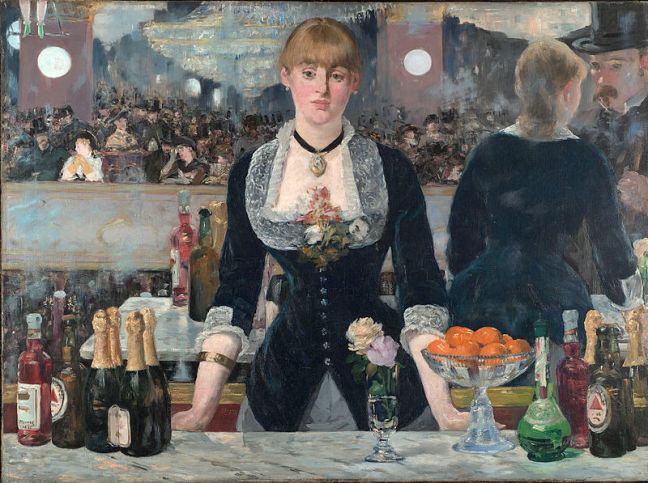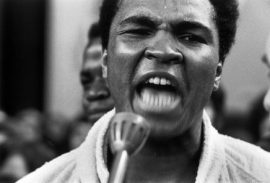
When I was in college I tried to wean myself off sleep. I’ve never functioned very well on less than eight hours of zzzs, and I’ve always been profoundly jealous at those who can. Sophomore year I came up with a plan to gradually reduce the amount I slept each night until I made it to – I’m not sure what my goal was – six hours? four? Turns out I’m not the only one who has had this brilliant idea. When I typed “can you train yourself to need…” into the search bar, Google right away suggested “less sleep.” This was followed by the even more ambitious, “Can you train yourself to not need sleep?” Wow. At all? Most researchers say that although individuals differ in the amount of sleep they need, a person can’t deprive herself of sleep without suffering things like fatigue, sadness, stress, anger and diminished performance. My own sleep experiment did not meet with success: I caught colds, suffered migraines and continually dozed off in the library until, bitterly disappointed, I went back to sleeping eight-ish hours a night.
This is how I’ve tended to approach most things in life. I value self-discipline, hard work, endurance. I set monster goals. If I’m not pushing myself to the limit – running faster on the treadmill, soaring across writing deadlines, checking off every last to do – I feel lazy. This leads to a lot of anxiety. It’s never – I’m never – enough. Recently, I was struggling through an intermediate level yoga class – though I’m new to yoga, I skipped the beginner classes, wanting to instantly master the fancy poses, the handstands, to get the most intense workout. We were working on some insane pose – flying pigeon, perhaps – and the instructor told us to find the place in between pushing really hard – like working really hard for it and trying to be a tough customer – and the place of sinking into the pose and sort of surrendering to it. I think she said a word to describe what this place is, but I can’t remember it. Nevertheless, the idea that there was such a place and that one might choose to rest in it, breathe into it without ferocious effort or sitting back on one’s laurels, that was a revelation.
I’ve been Googling phrases trying to find the term – the Sanskrit word for that yoga place between. No luck so far. But I did find “Playing the Edge,” an interesting reflection by a yogi named Erich Schiffman who writes that,
“Edges are marked by pain and define your limits. How far you can fold forward, for example, is limited by your flexibility edge; to go any further hurts and is actually counterproductive. The length of your stay in a pose is determined by your endurance edge. Your interest in a pose is a function of your attention edge.”
Schiffman suggests that you pay attention to these edges as they arise, that you notice them, breathe there, wait until your body tells you to deepen the pose.
I want to learn how to do this in life. I am always trying hard, working hard, getting very breathless. Schiffman asserts that if you have to steel yourself to get through your yoga practice, you’re pushing too hard; you’re fighting yourself. “Keep tabs on whether you are enjoying yourself or not,” he writes. “If not, why not? Find a way of doing the pose that is enjoyable.” It reminded me again of that day that I got nowhere close to flying pigeon – the yoga instructor told us to try to keep the beginnings of a smile on our face. Just the feeling of being about to smile.
Here’s the thing: I like my life. I like writing and teaching. I like spending time with my friends and boyfriend. I like my pets. I like taking care of them. I like taking care of my home and cooking good meals. I like exercising. But way too often, all of these good things add up to ohmygodhowamigoingtogetallofthisdonei’mfailingatlife?
So I’m going to work at finding that space between pushing and surrender. To keep tabs on whether I’m enjoying myself or not, and if not, to see what I can shift. To be interested in myself, in the moment and in what’s happening in it. And since I still don’t know what it’s called in Sanskrit – that in between place, that balancing of effort with ease – I’m going to call it grace.

















